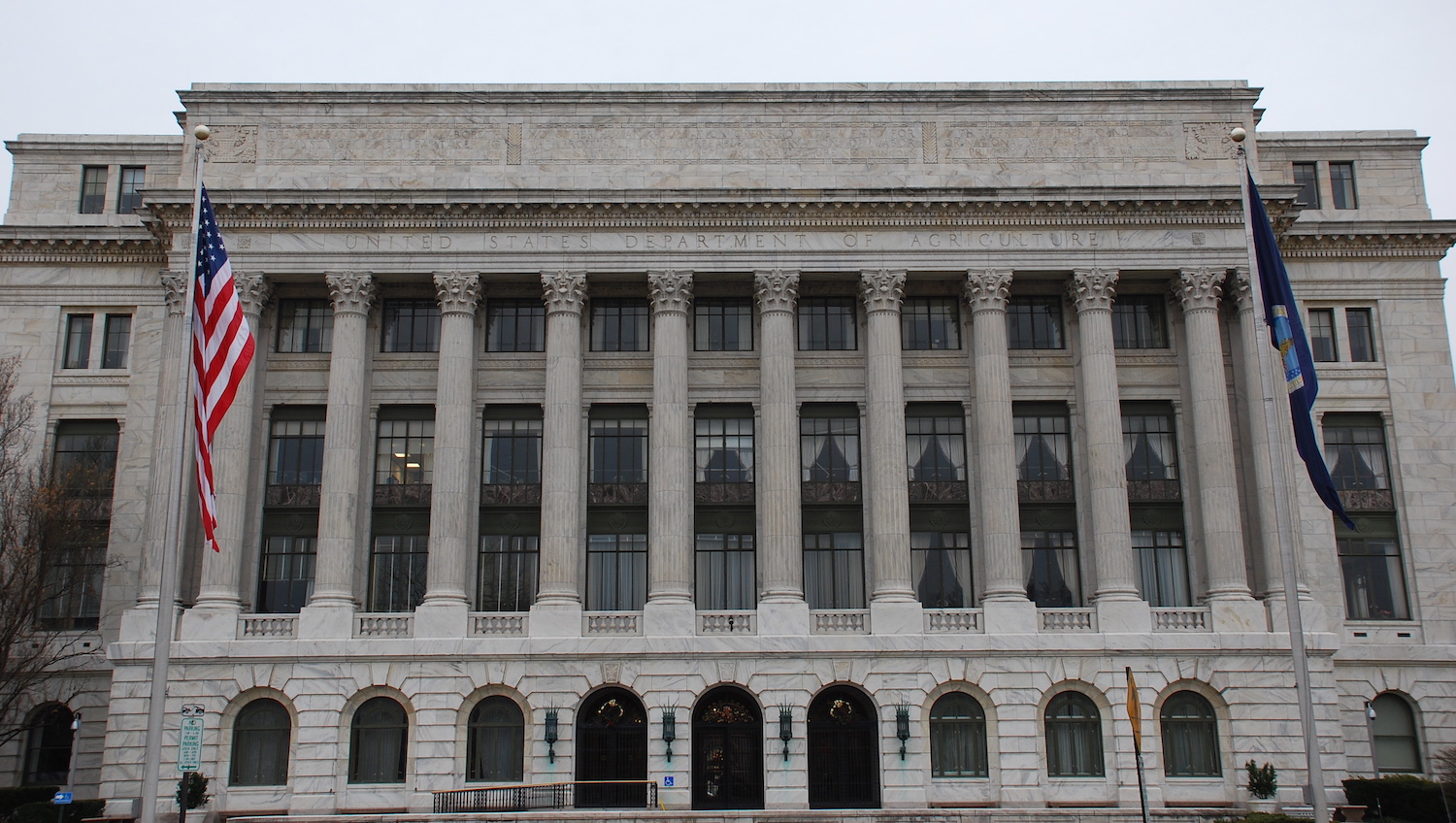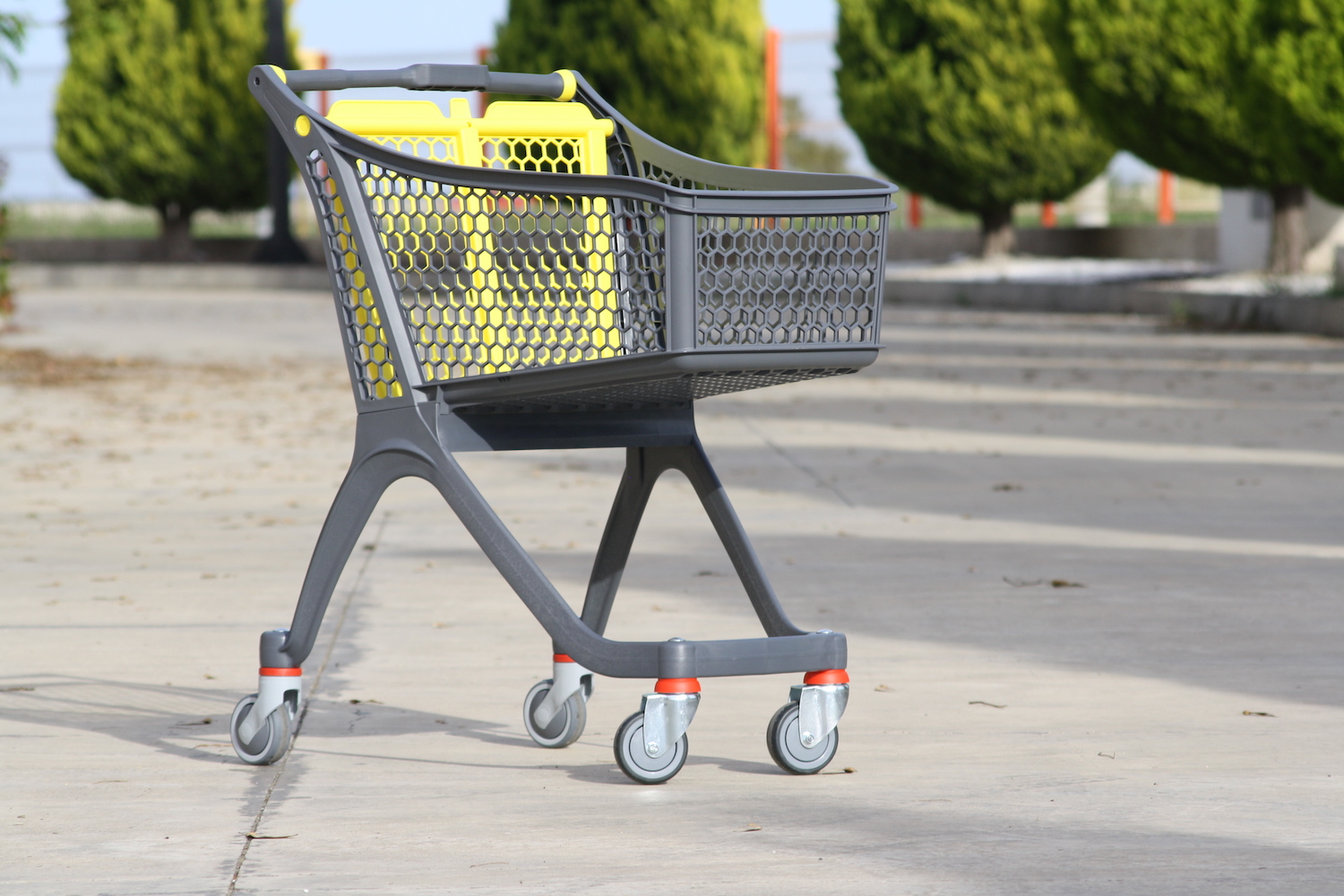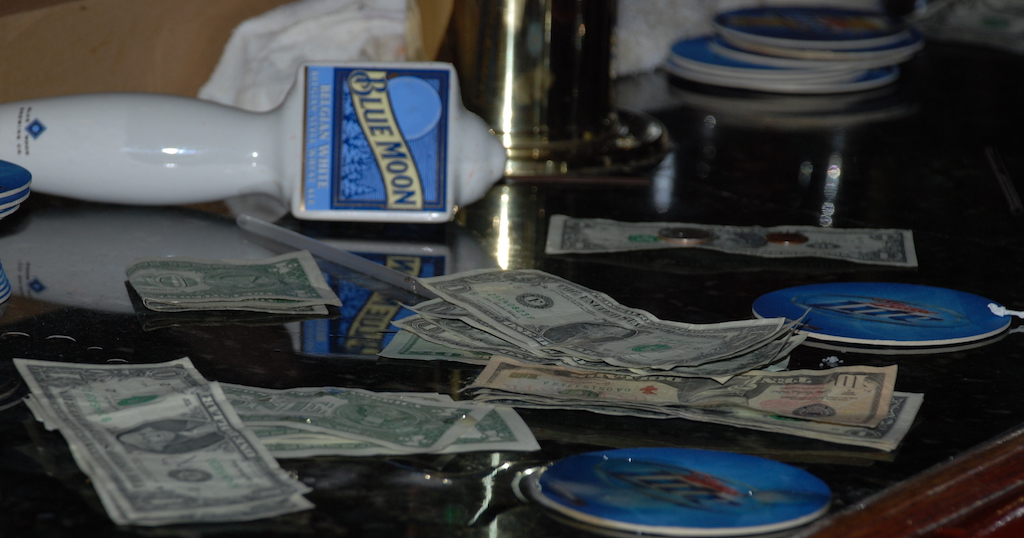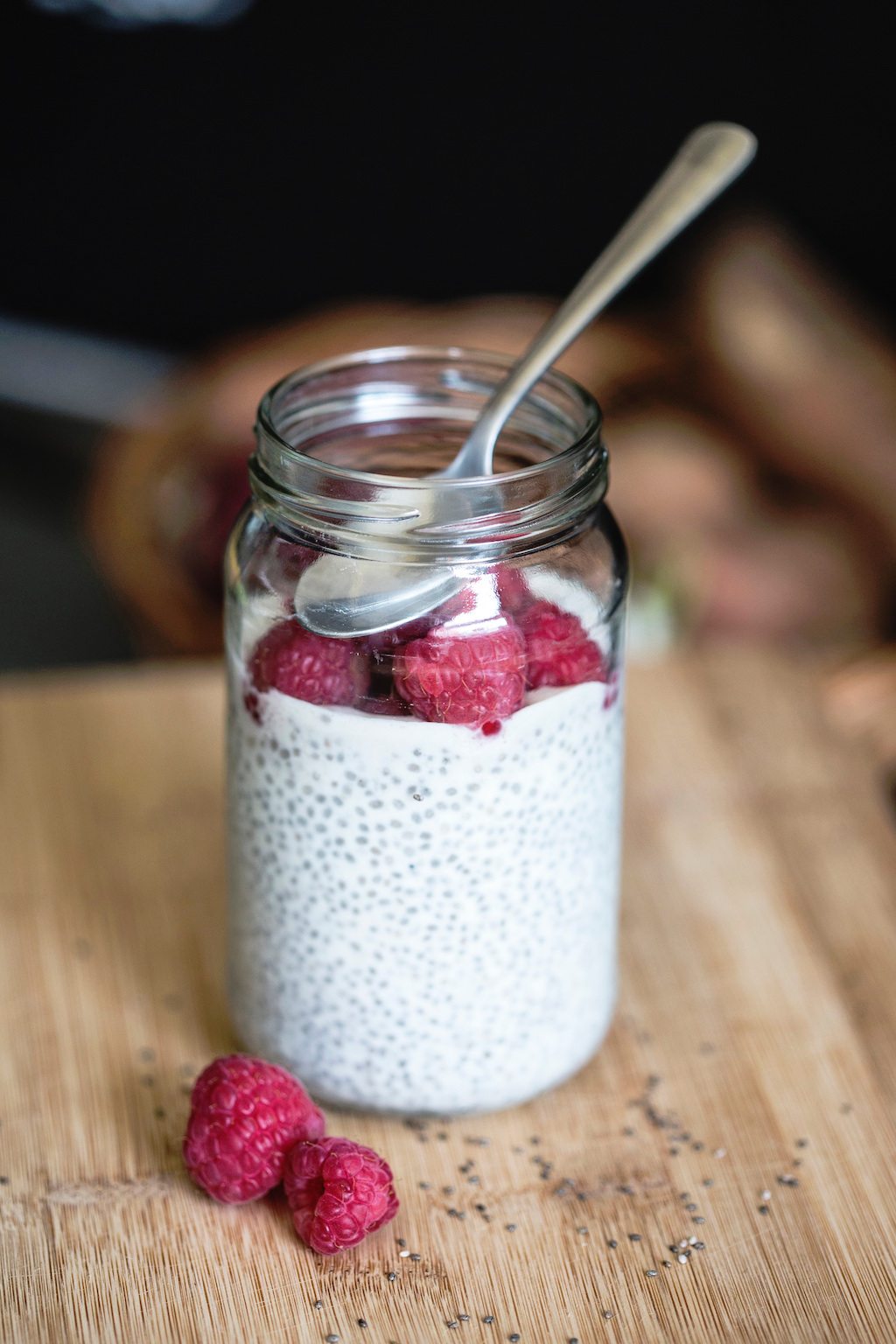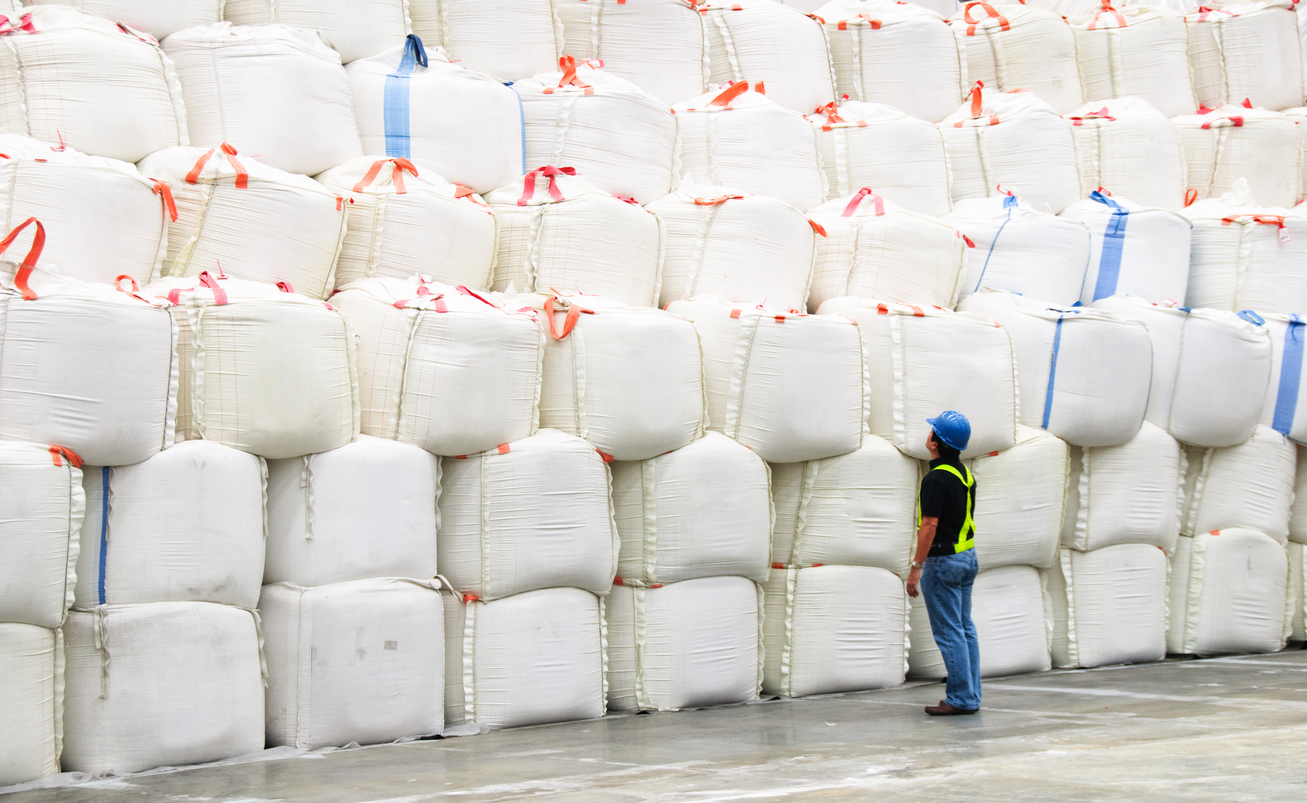
iStock / OGphoto
The United States Department of Commerce (DOC) on Monday raised its import limit on refined sugar from Mexico. The move was in response to a sugar shortage that could squeeze U.S. baking and candy industries.
Earlier this month, the United States Department of Agriculture (USDA) downgraded its domestic sugar projections for the coming year by more than 6 percent, from 18.4 billion pounds to 17.2 billion pounds. The agency attributed the majority of that drop to poor harvesting conditions in the upper Midwest, the region that supplies most of the country’s beet sugar.
More than half of total U.S. sugar production, estimated at nearly 18 billion pounds for the year ending September 2019, is comprised of beet sugar, while the rest comes from sugar cane grown in warmer states like Louisiana and Texas.
Farms in Minnesota and North Dakota, which make up the highly productive Red River Valley region, saw unusually cold and rainy weather during both the spring planting season—which limits how much farmers can plant—and autumn harvest time, which reduces the amount they can collect.
“We had a lot of snow in the winter and wet weather in March and we didn’t get much planting done in April,” says Tom Peters, an assistant professor and extension agronomist at North Dakota State University. “So we didn’t plant on time…. To get a record crop, we need a longer growing season and we didn’t have that.”
But the delayed planting turned out to be small potatoes compared to the harvest issues that arose in October.
“The rain was pretty substantial, and it was in all sugar beet growing regions,” Peters says. “I would venture to guess that in the first two weeks there was very little sugar beet harvesting anywhere.”
“What most commonly happens is the floor disappears,” he says. “You’re basically out there and the equipment falls through the ground…. You can’t harvest because your [equipment] gets stuck.”
Fortunately, Eidem tells me, he was able to harvest nearly all of his planted acres. But other farmers who are in the same sugar cooperatives as he is weren’t so lucky: They are contractually obligated to pay cooperatives for beets that they couldn’t deliver, Minnesota Public Radio reports.
USDA estimates that only about 70 percent of the sugar beet crop that farmers got into the ground last spring had been harvested as of November 3, and says they will likely find it difficult to collect the remainder as winter nears. If USDA’s forecast bears out, producers will have ultimately harvested the least amount of total sugar beet acreage since 1961. USDA estimates that’ll amount to a 933-million-pound drop in output, and added that reduced productivity in Louisiana, also linked to rainy weather, would contribute another 211.6 million pounds to the projected deficit.
Patrick Westhoff, a professor of agricultural economics at the University of Missouri, tells me that the sugar shortage isn’t likely to impact the cost of, say, gummy worms at the retail level. But, it will likely put pressure on industries that buy sugar in large quantities. On Monday, the baking industry lobby asked Secretary of Agriculture Sonny Perdue to allow more sugar imports into the U.S., particularly refined sugar, as opposed to raw sugar, because it can be used immediately. That same day, USDA announced it would ease import limits on Mexican producers by 200 million pounds.
Currently, the sugar trade between U.S. and Mexico is governed by suspension agreements, which limit the amount of sugar that Mexico can export (tomatoes are governed the same way and have been the source of many trade disputes). The agreements were established in 2014 to eliminate duties that the U.S. would have otherwise imposed to prevent dumping—a term used to describe the practice of a country or company selling products below market value.
Obviously, 200 million pounds doesn’t come close to making up the 1.1 billion pound deficit that USDA is projecting. The Sweetener Users Association, a lobby group representing food and beverage companies who use sugar, and that has long lobbied for increasing sugar imports, calls easing limits “a step in the right direction.” For its part, USDA suggests it might take further measures to fill the sugar shortage.
In Monday’s announcement, the agency noted that it would “continue to monitor the market to assess whether supplies are adequate.” Sweet.





